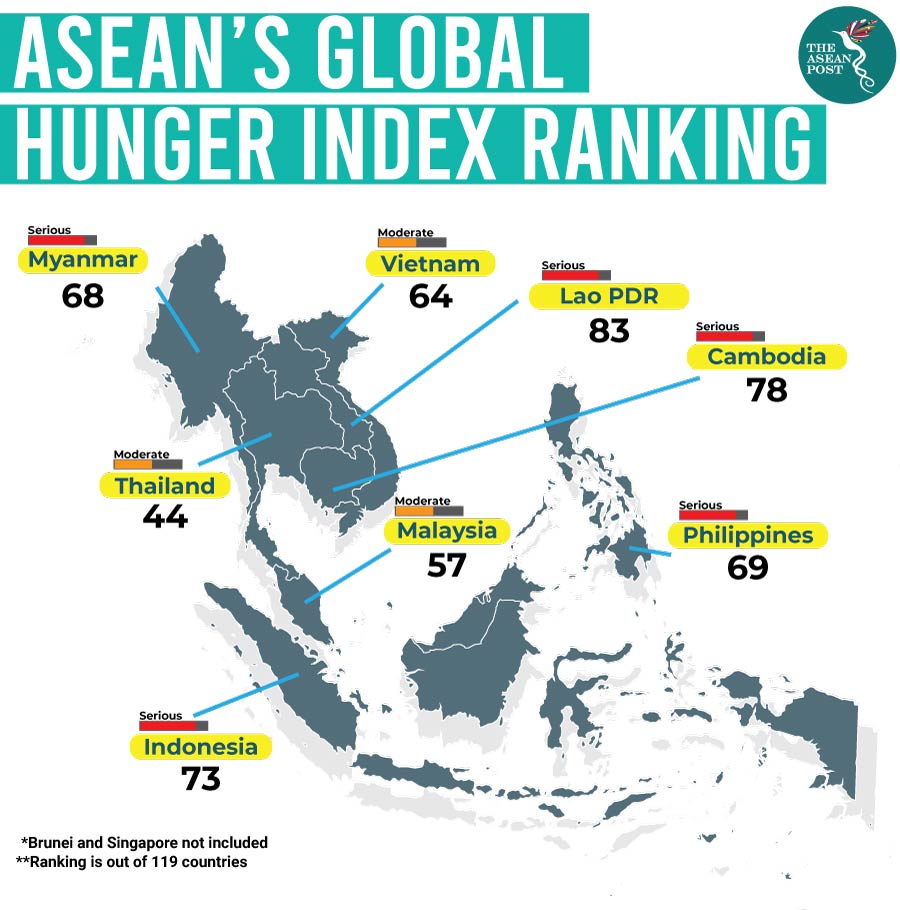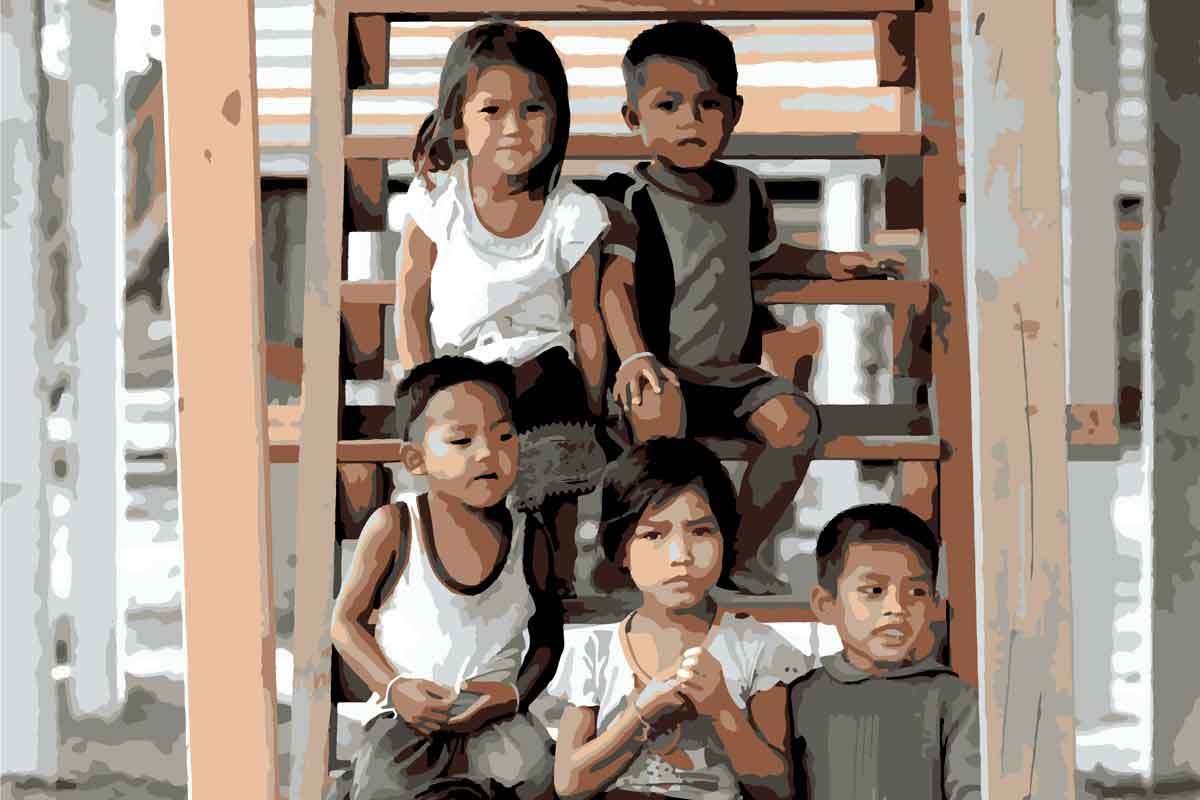Children in Lao are hungry. This is a serious issue that the country has had to contend with for a long time now. Lao PDR, which boasts one of the younger populations in ASEAN, is also known for having some of the worst malnutrition rates in the Southeast Asian region.
In March, a health department official in Salavan province, in the southern part of the country, was quoted by media as saying that rates of malnourishment leading to stunted growth in children in the province remain high.
“Our province still has high rates for malnourished, stunted, and underweight children, because up to 60 percent of our children have not eaten good food from the time they were in their mothers’ womb,” the media’s source said, speaking on condition of anonymity.
This is not, however, to say that government efforts have not been made to address the issue. In September last year, it was reported that Lao would test a new cross-cutting and evidence-based approach to reducing stunting in four northern provinces, with support from the World Bank Group.
Representatives from the Ministries of Planning and Investment, Agriculture, Public Works and Transport, and Health; together with the World Bank Group, met to discuss the strategy, which targets not only healthcare, but also diversified food production, improved hygiene, and social welfare programs.
The four northern provinces are those with high rates of malnutrition: Xieng Khouang, Houaphan, Phongsaly, and Oudomxay.
Previous efforts have also borne fruit as (according to official statistics gathered for the Lao Social Indicator Survey) the level of chronic malnutrition in Lao has decreased from 44 percent in 2012 to 33 percent in 2017.
This, however, does not mean that Lao’s malnutrition problems have been solved. According to a joint-report by the World Health Organisation (WHO), United Nations Children’s Fund (UNICEF) and World Bank Group back in 2017, Lao is still among the countries with the highest prevalence of stunting among children in Southeast Asia.

Fortifying food
In hopes to further tackle the issue, the government of Lao implemented the National Nutrition Strategy to 2025 and Plan of Action 2016-2020. One of the key priorities of the strategy and plan is food fortification.
Hakan Tongul, WFP Deputy Country Director and Representative of the United Nations World Food Programme said that food fortification is one of the most cost-effective ways to improve access to micronutrients across the whole population, including most importantly for adolescent girls and women of reproductive age who are most at risk.
“As we start the long pathway towards food fortification in Lao, our first steps will be to review national standards and learn from experiences of neighbouring countries. In this way, we can prepare a proper legislative and regulatory environment, so that food fortification can eventually contribute to improved public health in Lao in a sustainable way,” he said recently at a technical workshop in Vientiane.
Food fortification or enrichment is the process of adding micronutrients to food. Food fortification has been identified as the second strategy of four by the WHO and Food and Agricultural Organization of the United Nations (FAO) to begin decreasing the incidence of nutrient deficiencies at the global level. As outlined by the FAO, the most commonly fortified foods are cereals and cereal-based products; milk and dairy products; fats and oils; accessory food items; tea and other beverages; and infant formulas.
Food fortification, however, does not come without criticism. Several organisations such as the WHO, FAO, Health Canada, and Nestlé Research acknowledge that there are limitations to food fortification.
One factor that limits the benefits of food fortification is that when isolated nutrients are added back into processed food that has had many of its nutrients removed, it does not always result in the added nutrients being as available as they would be in the original, whole food.
An example is skimmed milk that has had the fat removed and then had vitamin A and vitamin D added back into it. Because vitamins A and D are both fat-soluble and non-water-soluble, a person drinking skimmed milk in the absence of fats may not be able to absorb as much of these vitamins as one would be able to absorb from drinking whole milk.
It is perhaps because of Lao’s current and dire circumstances that food fortification has become a viable option for the country.
Along with high rates of anaemia in children under five years of age and women of reproductive age, Thiamin (vitamin B1) deficiency has also been reported in Lao. Other micronutrient deficiencies are also prevalent, including calcium, vitamin B12, vitamin B2, vitamin B3 and vitamin D.
Lao, one of Southeast Asia’s poorest countries, is in dire circumstances indeed when it comes to providing enough nutrition to its growing child population. While Lao has been addressing the issue and has made significant progress, it is also hoped that this progress continues as the country’s greatest asset cannot live to its full potential on an empty stomach.
Related articles:
Can an ageing ASEAN stay competitive?
